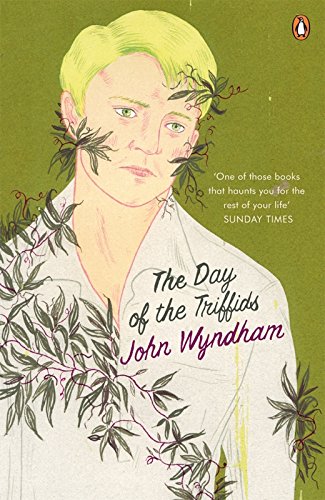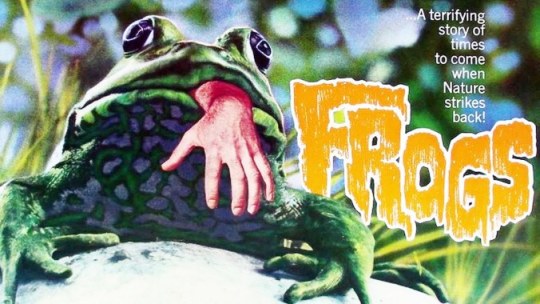#ecomedia
In recent years, there has been increasing attention within both ecocriticism and horror studies to the intersections between the two fields. The country/city split and the civilized person’s fear of the wilderness and rural spaces, key issues for ecocritics, also loom large over the horror genre.

Texas Chain Saw Massacre (1974)
Furthermore, there are entire horror subgenres dedicated to the revenge of wild nature and its denizens upon humanity. As Rust and Soles write, ecohorror studies “assumes that environmental disruption is haunting humanity’s relationship to the non-human world” as well as that ecohorror in some form can be found in all texts grappling with ecocritical matters (509-10).

Them! (1954)
There have been some critical examinations of this intersection – e.g., Ecogothic, edited by Andrew Smith and William Hughes (2013); an ecohorror special cluster in ISLE, edited by Stephen A. Rust and Carter Soles (2014); Monstrous Nature: Environment and Horror on the Big Screen by Robin L. Murray and Joseph K. Heumann (2016); and Plant Horror: Approaches to the Monstrous Vegetal in Fiction and Film, edited by Dawn Keetley and Angela Tenga (2017) – but we feel that it is time for a fuller examination of ecohorror as a genre. To that end, we invite submissions of approximately 6000-7000 words to be included in the first edited collection devoted exclusively to ecohorror. Because our interest is in the genre as a whole, there is no limit on time period or medium; we want this collection to explore the range of ecohorror texts and ideas.


Chapters may consider the following:
- How is human violence against the natural world represented in such texts? Or, vice-versa, how is violence against humanity by the natural world represented? What effect does this violence have on the relationship between human and nonhuman?
- How do ecohorror texts blur human/nonhuman distinctions in order to generate fear, horror, or dread?
- What fears of, about, or for nature are expressed in ecohorror? How do these expressions of fear influence environmental rhetoric and/or action more broadly?
- How are ecohorror texts and tropes used to promote ecological awareness or represent ecological crises?
Submit completed chapters to Christy Tidwell ([email protected]) and Carter Soles ([email protected]) by May 14, 2018. We are requesting submissions of completed chapter drafts to be considered for this project rather than abstracts. Please feel free to reach out with questions and/or ideas before submitting a completed chapter, however; we would be happy to provide feedback or guidance.

Frogs (1972)
Creature Feature Checklist at Edge Effects
For Halloween, I’ve written a Checklist for Edge Effects presenting creature features that illustrate key elements of ecohorror. Lots of fun and scary movies to watch!
Post link
CFP (ASLE 2019) – Prehistoric Creatures and Anthropocene Fears: The Past Comes Back to Bite Us

Conference: ASLE (the Association for the Study of Literature and Environment) – Paradise on Fire Dates of Conference: June 26-30, 2019 Location: University of California, Davis Deadline for Submissions: December 15, 2018 at 11:59 pm (EST) via SubmittableHorror and science fiction have long featured the return of the prehistoric, the monstrous past coming back to intrude upon the present and…

